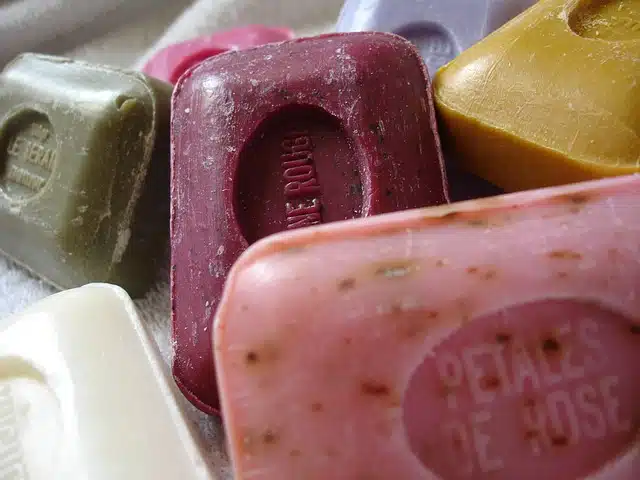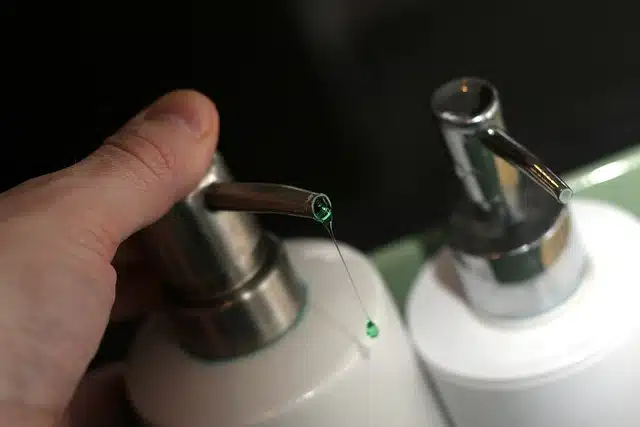
Saponification is the act and consequence of saponifying.
Saponification is the process and result of saponifying . This verb is used in the field of chemistry to name the action of hydrolyzing an ester-type organic compound.
To understand what saponification is, therefore, you have to know the meaning of several concepts. Hydrolyzing means causing hydrolysis : that is, splitting a molecule through water. An ester , for its part, is the compound resulting from the replacement, in an acid, of a hydrogen atom by an alcoholic radical.
Saponification and soap production
These chemical processes are very important since they allow the production of soap . Through saponification, a fatty body binds with water and a base to become a soap. This can be transparent (if it is worked hot) or opaque and milky (if the process is carried out cold).
To produce soap on an industrial level, in this way, boilers are usually used where fatty matter is boiled. Gradually, sodium hydroxide is added while the mixture is stirred. Thus, when saponification begins to develop, the mixture becomes pasty. The result of the process is obtaining soap and glycerin.

Saponification involves the hydrolysis of an ester-type organic compound.
Different types of lipids
It is important to keep in mind that not all fats can be used to produce soap: that is why lipids are divided into saponifiable and unsaponifiable , depending on whether or not they are subjected to saponification.
Saponifiable lipids are those that have an alcohol linked to one or more fatty acids . This bond is carried out through an ester bond, which is very difficult to hydrolyze, although it can be easily broken if the lipid is in a basic medium; In this case, the saponification that takes place is considered alkaline. When a neutral fat or a glyceride is used to obtain soap, glycerin also arises, an alcoholic by-product that sometimes yields a greater benefit than the main one from an economic point of view.
For example, if two molecules of potassium hydroxide are used to treat one of a lipid, the result is the following: two molecules of potassium palmitate (in other words, a soap) and one molecule of glycerin. Emulsion , that is, the possibility of suspending certain substances in water, those that generally cannot be dissolved in pure water, is the secret of soap as a cleaning product.
saponification process
The hydrophobic part of soap (that is, its hydrocarbon chain) is similar to non-polar substances, such as the fatty components of foods. The hydrophilic part of the molecule (the carboxylate group), on the other hand, is similar to water. Saponification results in a product whose ions are capable of surrounding each drop of fat they encounter: the polar parts pass through a solution; On the other hand, the carbonate groups remain on the outside and are arranged. In this way, after being reduced to tiny structures, it is possible to associate it with water molecules, thanks to which the fat is easily dispersed.
With respect to small droplets in which there are carbonate anions surrounding non-polar particles, they are known as micelles and have a negative charge on their surface , a feature that leads them to repel each other, which prevents coalescence (which several materials form a single body) and maintains the emulsion ; This is due to the existence of the aforementioned anions.
Unsaponifiable lipids, on the other hand, do not have fatty acids , so they cannot be hydrolyzed through saponification and, therefore, are incapable of producing soap.
